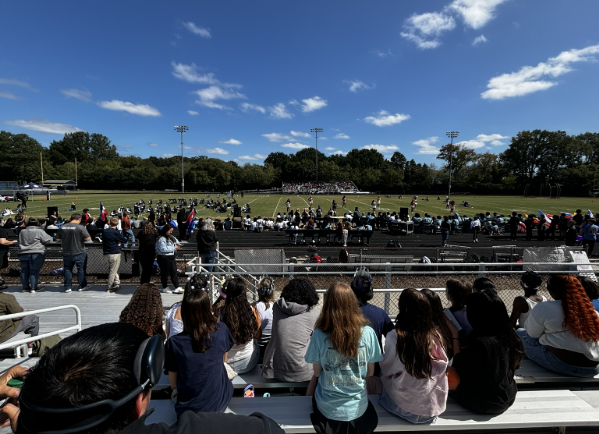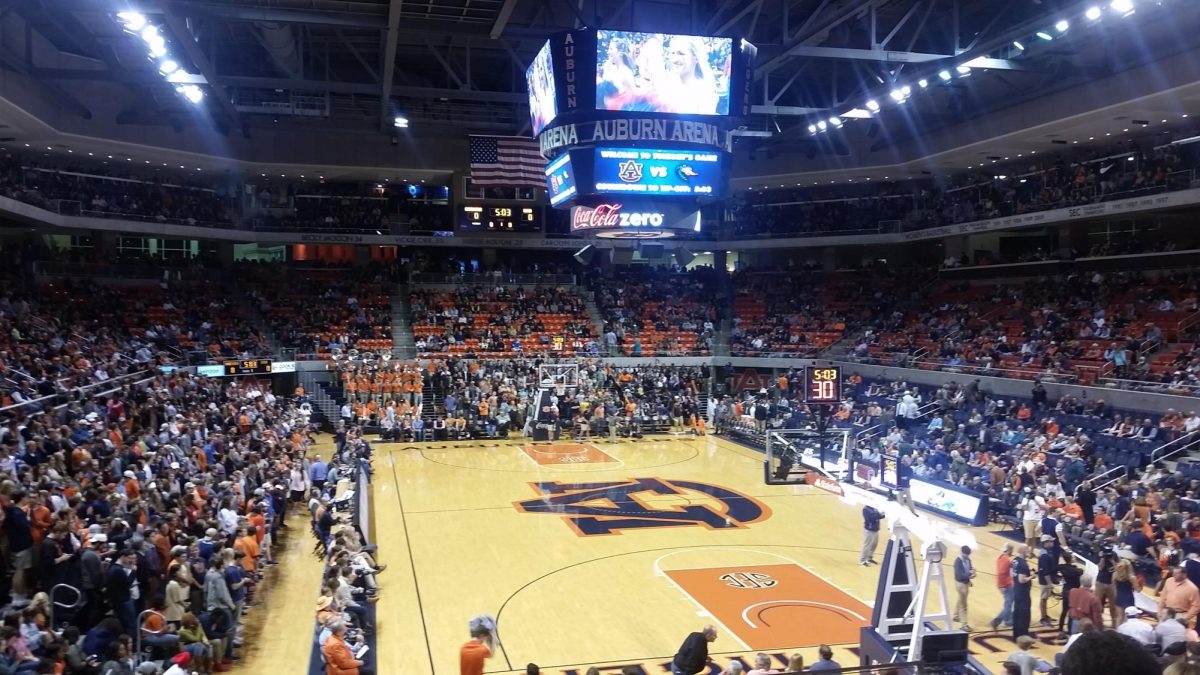Debunking space fact vs. fiction
Home to loads of inventions and gadgets science fiction fans are hopeful to see in the future, Star Wars has been sparking fans’ imaginations for decades. As scientists continue to research, they learn many ideas that came from science fiction may be possible.
February 19, 2016
From “beam me up, Scotty” to “may the force be with you,” everyone has always loved to geek out over the infinite possibilities of space exploration. Freshman Riley Yates says, “If I could make one aspect of science fiction a reality, I would pick time travel like in the television series Doctor Who because I’d love to experience different time periods, like the Greeks.” People have been dreaming up different ways space travel could improve life since the scientific revolution in the 17th to early 19th century. With so many creative outlooks on what science will lead to, it can be hard to separate realistic possibilities from complete fiction. As space programs all over the world continue gathering new information, some of the ideas born from science fiction may actually be possible.
No promises you can board the enterprise anytime soon, but some aspects of the popular movie and television series Star Trek might not be as far from reality as you may think. Made popular by the series, the idea of being able to teleport might be a possibility. In the early 1990’s, scientists learned they could actually teleport data using photons, particles that carry energy. They soon ran into issues when the data was absorbed by whatever surface it struck. Recently physicists from Austria and Colorado teleported individual atoms for the first time, using a new method known as quantum entanglement. This discovery could eventually lead to super fast quantum computers, but as for human teleportation, scientists say that it is not very likely based on their discoveries thus far.
As glamorous as being an astronaut may seem, it is not all saving the world and beautiful views. The average space suit weighs 280 pounds and takes 45 minutes to put on, requiring intense physical strength and patience. Before anyone gets to try out the space suit, there is a lengthy process of to be chosen, followed by training. For NASA, the process started with extensive requirements, like height, eyesight, flight experience, and blood pressure, and included touring all the NASA sites and going through wide-ranging survival training. Although NASA was shut down in September of 2015 due to the dangerous nature of its research, many other space programs are still active and learning more about our galaxy’s past to lead to a more informed future. Sophomore Graham Watkins says, “Space exploration is important because it is an entire area of untapped potential and resources and is not only vital to make advancements, but may become vital in the future based on how we are treating the Earth and our survival of life as we know it.”
If being an astronaut is not really your style and you overall just want to live in the Star Wars universe, there may be hope. The main character of the hit series, Luke Skywalker, comes from the fictional planet Tatooine which has two suns, also known as a binary star system. While both Luke Skywalker and Tatooine are fictional, binary star systems are real and are actually very common in the Milky Way galaxy. Sadly, none that have been discovered are habitable yet. Space continues to spark imagination in minds all over the world and will hopefully encourage young minds to learn about the benefits and importance of exploring and learning more about the final frontier. The more we continue to learn about our galaxy and beyond, the closer you become to your favorite science fiction fantasies.












